Touring the Okayama Wide-Area Farm Roads in a Tesla: Is Touring in a Tesla Fun?
公開日:2024.06.23
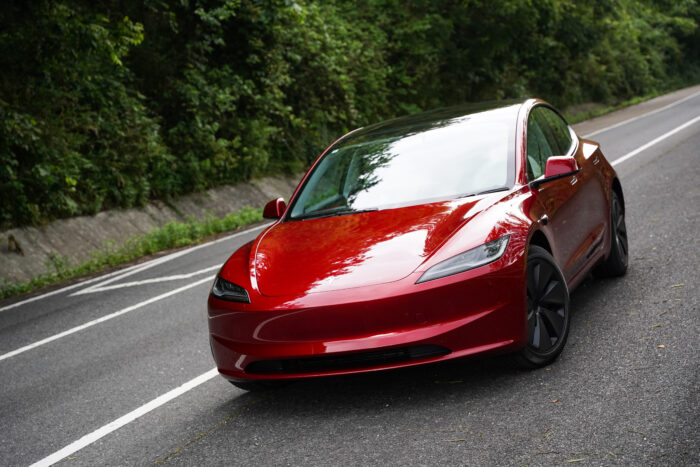
コンテンツ
Meeting the Tesla Model 3 and Daily Driving Impressions
It’s already been a month since the Tesla Model 3 arrived.
I’ve gotten used to the controls and can now drive it completely naturally without any discomfort. Time and again, I’m impressed by Tesla’s high level of convenience.
Just getting in the car and pressing the brake pedal lets it automatically decide between D or R without needing to shift gears. When stopping at a convenience store, you can leave the air conditioning on and lock the car, and when getting out, there’s no need to press a power button—just take your phone and step outside.
There are countless other conveniences, but it’s truly remarkable.
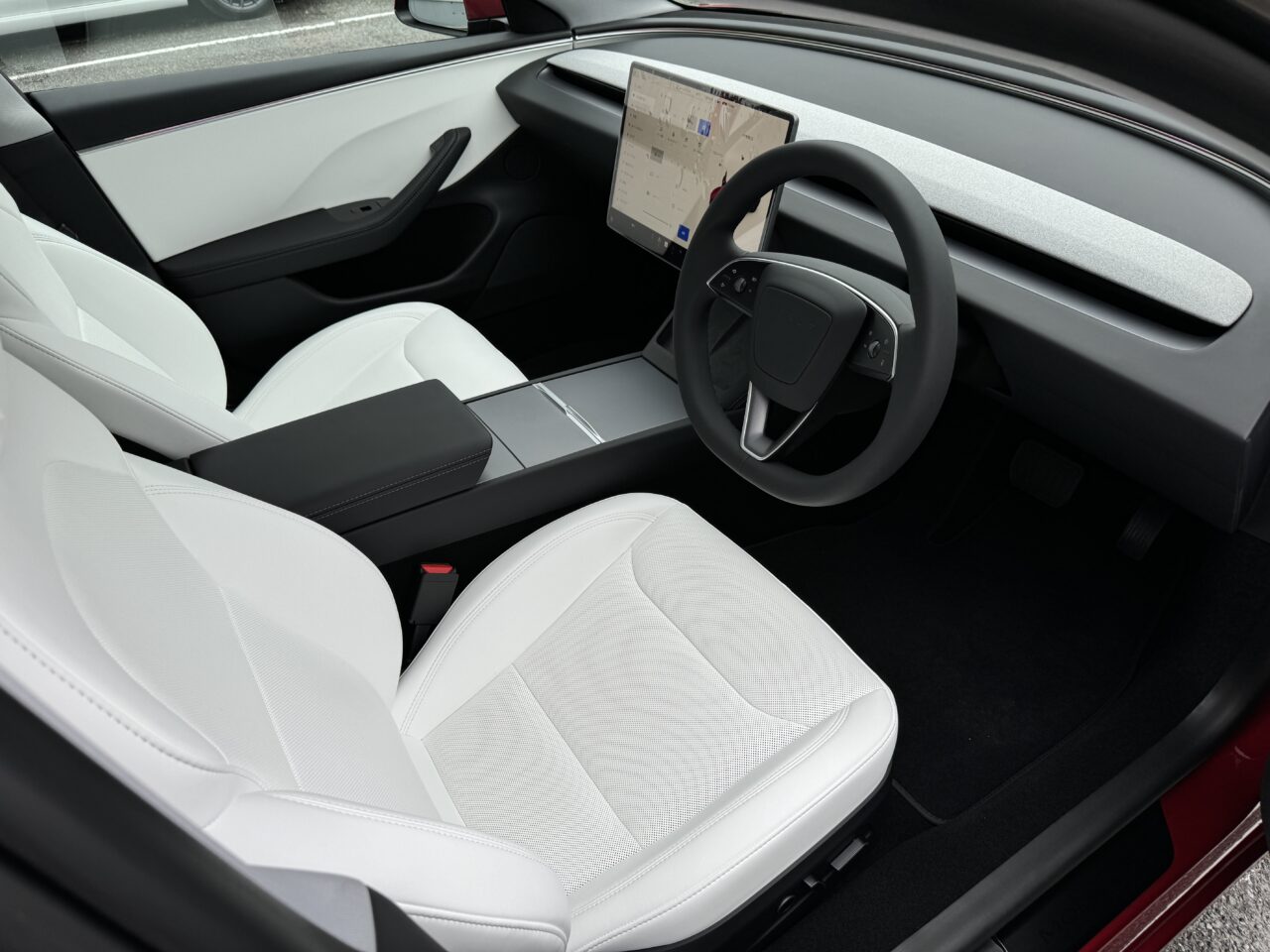
As a daily driver, I don’t know any car as convenient and comfortable as this. It’s a car that’s clearly been thoughtfully designed from the ground up, discarding all preconceived notions about what a car should be.
That said, how does it feel to go on a long-distance tour with this? Is it fun at all? Or boring? Will I regret not choosing a Porsche after all? To find out, I headed out on a day off toward the wide-area farm roads in Okayama (commonly called the “Ascension Highway”).
Evaluating Autopilot Performance
In the morning, I left home with the battery charged to 80%. My Model 3 is the Long Range version, and because of the battery type (NMC battery), it’s recommended to keep daily charging capped at 80%, so I usually charge up to that level.
The trip to Okayama is about 160 km. I activated Autopilot on the Sanyo Expressway and drove steadily.
This was my first serious use of Autopilot, and it was easier to use than I imagined. Watching YouTube videos from Japanese domestic car fans, I had the impression it was rated poorly, but that’s not the case at all.
Regardless of road type, weather, curves, or tunnels affecting GPS accuracy, it drives with consistent quality. It’s not just an extension of “lane-keeping assist” like other manufacturers, but truly an “Autopilot” that feels like the car itself is making driving decisions.
So it tries to take even sharp curves without giving up, and it quickly senses the behavior of cars diagonally ahead, smoothly slowing down to handle cut-ins.
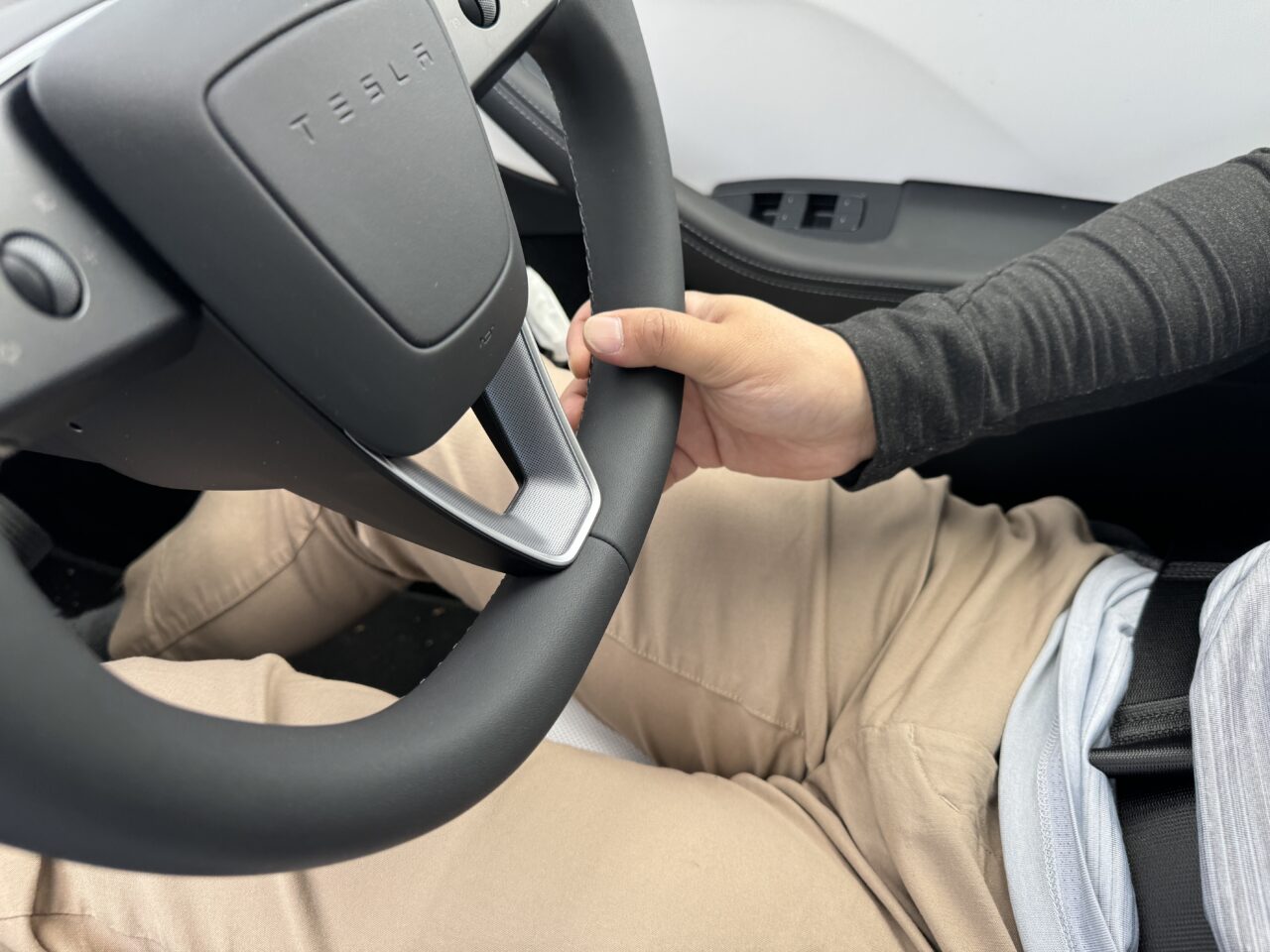
You do need to keep your hand on the steering wheel, but it’s not as strict as other brands. Just lightly resting one hand around 4 or 5 o’clock (or 7 or 8 o’clock) on the steering wheel, applying just enough weight to remove any play, is enough. In fact, holding the wheel firmly with both hands tends to apply equal torque on both sides, which triggers warnings more often.
So, I usually rest my elbow on the door armrest and lightly grip the steering wheel near 4 and 5 o’clock with my right thumb and index finger. Of course, there’s no instruction to hold or release your hand depending on road conditions, so you can just stay comfortable and keep driving. It’s really relaxing. At least compared to the Active Distance Assist Distronic on the Mercedes GLB I used to drive, Tesla’s system is leagues ahead.
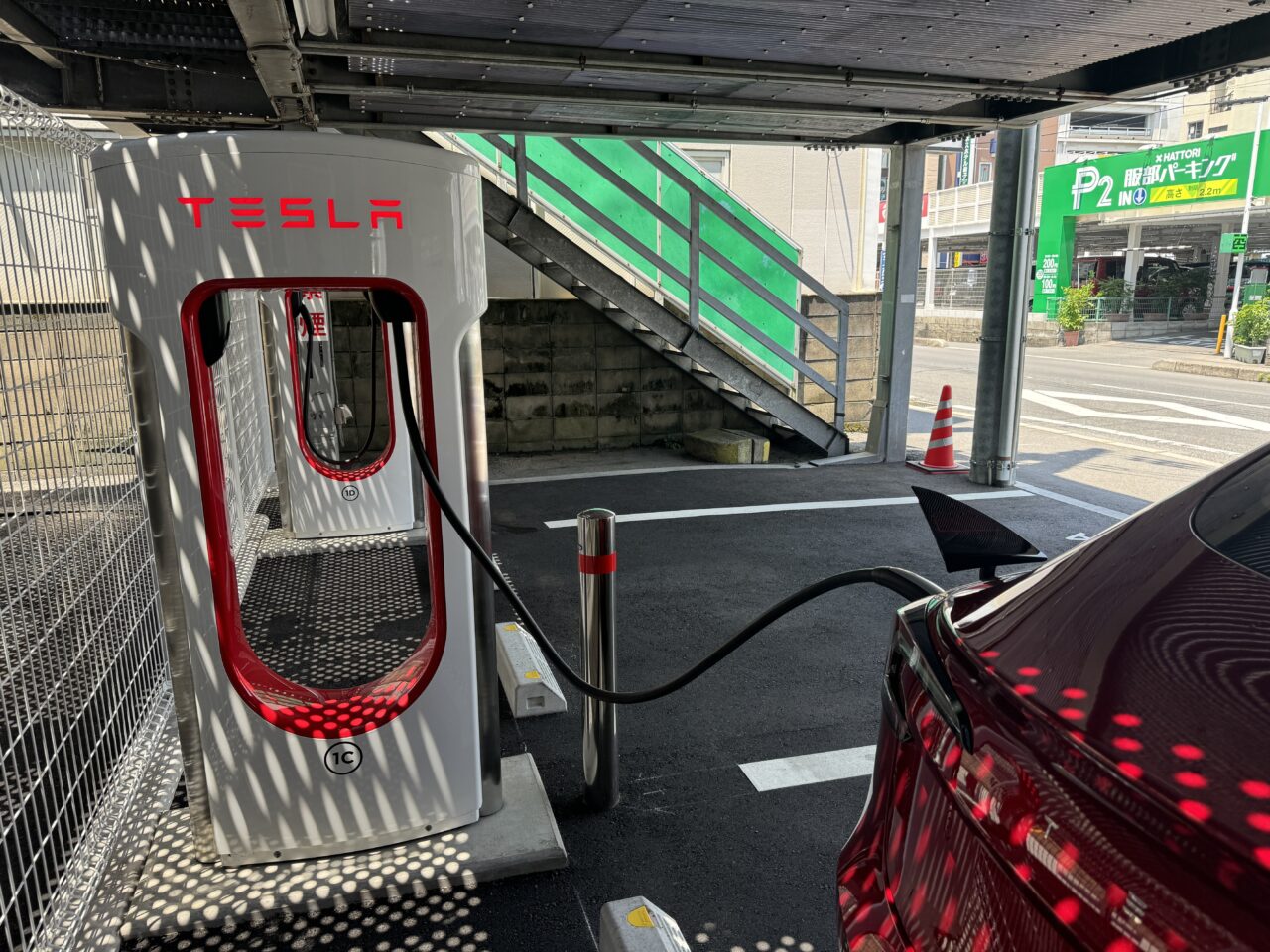
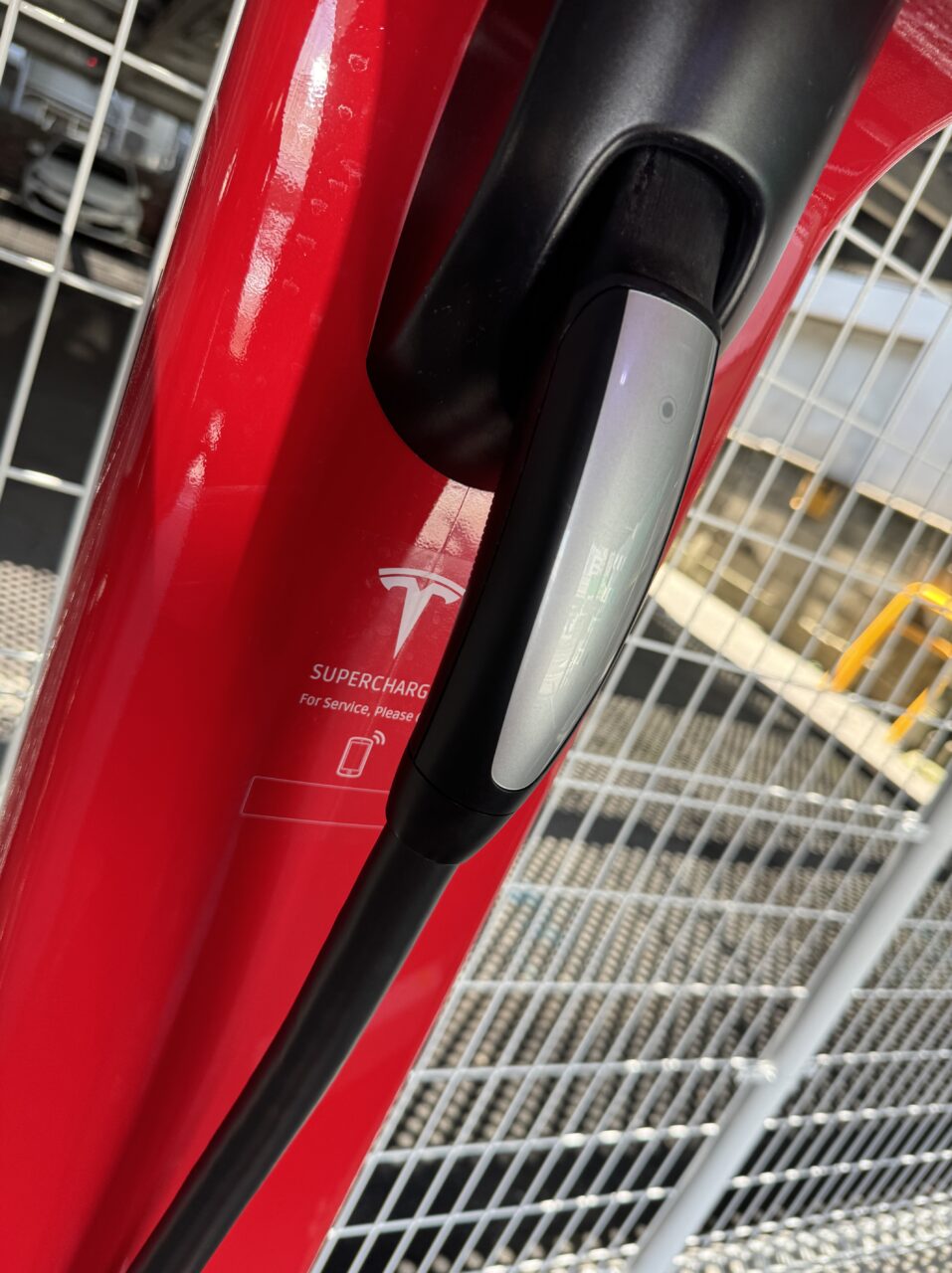
Tesla’s NACS standard delivers up to 250 kW with this compact connector, and it’s plug-and-play with no authentication needed. Meanwhile, Japan’s CHAdeMO has very thick, heavy cables and complicated authentication procedures.
Using Autopilot extensively, I first headed for the Tesla Supercharger (SC) in downtown Okayama. Although I still had battery left, I wanted to fully enjoy the wide-area farm roads and thought it best to charge now with the return trip in mind.
This Supercharger is located near the city center, seemingly using part of a paid parking lot.
I charged the battery, which was at 47%, and had lunch nearby. By the time I returned, it was at 90%. Since the remaining capacity was high, charging speed wasn’t very fast, so it took about 30 minutes.
Driving the Oku-Kibi Highway in a Tesla
From here, I headed north toward the famous Oku-Kibi Highway.
On the way, I also sped along the Kibi Plateau Highway near Okayama Airport. I usually drive the Tesla in Comfort mode, but switched to Standard mode and set the steering to Sport.
The throttle response completely transforms, making it feel like a totally different car. This transformation is far beyond Porsche’s Sport Plus mode.

Just pressing the accelerator sends a powerful G-force pushing you forward. Uphills or flat roads don’t matter. The proportionality between throttle opening, acceleration, and speed is something only an electric car can achieve. No V8 or V12 engine can match this incredible response.
I enjoyed the feeling of acceleration like 2nd gear in a GT3, quietly and peacefully, as I drove the rolling wide-area farm roads.
The cornering precision is also excellent. The Model 3 has very little steering play and an extremely neutral feel, making it truly enjoyable.
However, the suspension damping isn’t that of a sports car, so it can’t match a Porsche at the limits. But because it’s softer, it presses the tires firmly to the road in all conditions, so it rarely breaks loose. Also, with 18-inch tires, it uses Michelin e-Primacy, so grip is somewhat modest. It’s fine for normal spirited driving, but you need to be a bit cautious when taking tight corners at higher speeds and high G-forces.
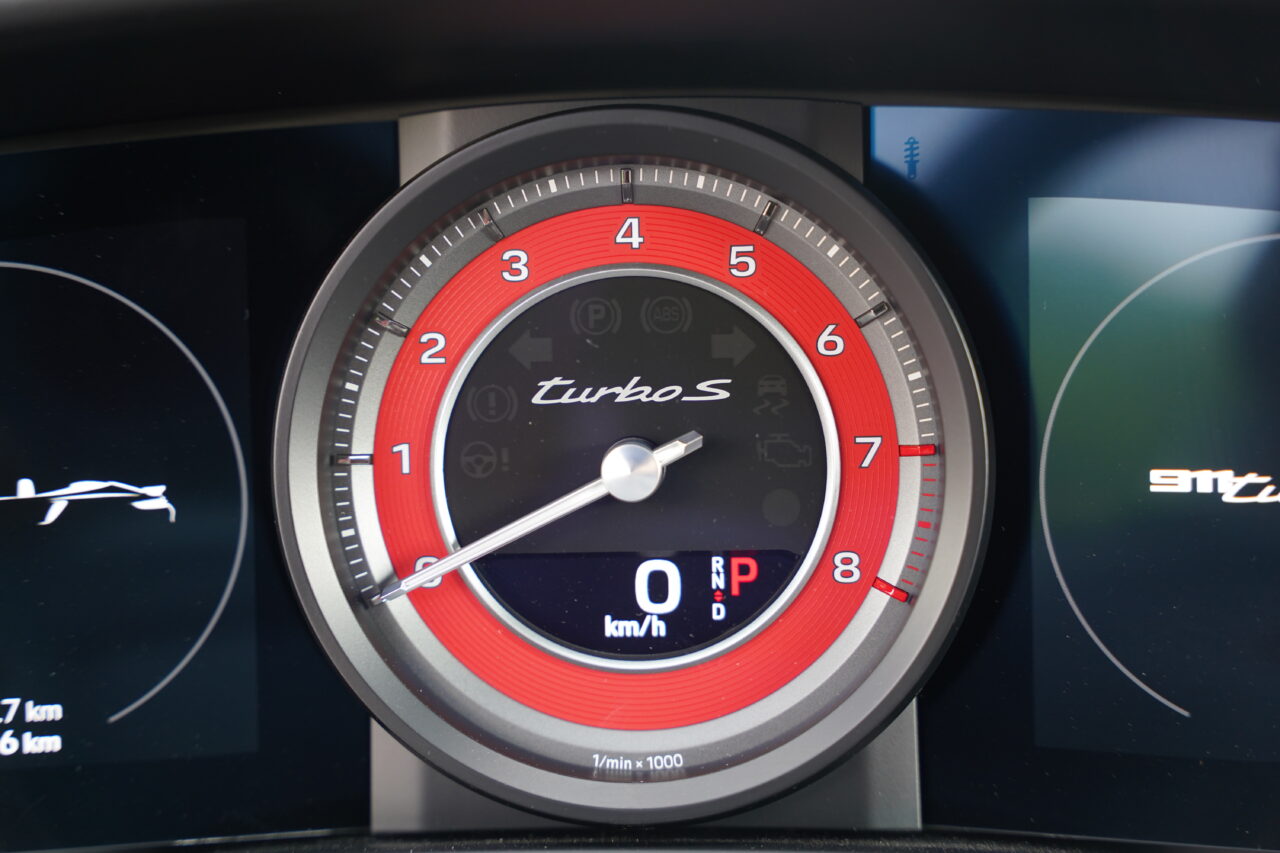
Entering Oku-Kibi Highway, I met up with a Porsche friend. He drove my Model 3 after arriving in his 992 Turbo S Cabriolet, and his first words were “It’s faster than the Turbo S!”
Indeed, it’s fast. The acceleration out of corners is clearly a win for the Model 3.
Of course, at very high speeds, the Turbo S’s acceleration is unbeatable, but up to that point, Tesla’s response and acceleration are overwhelming.
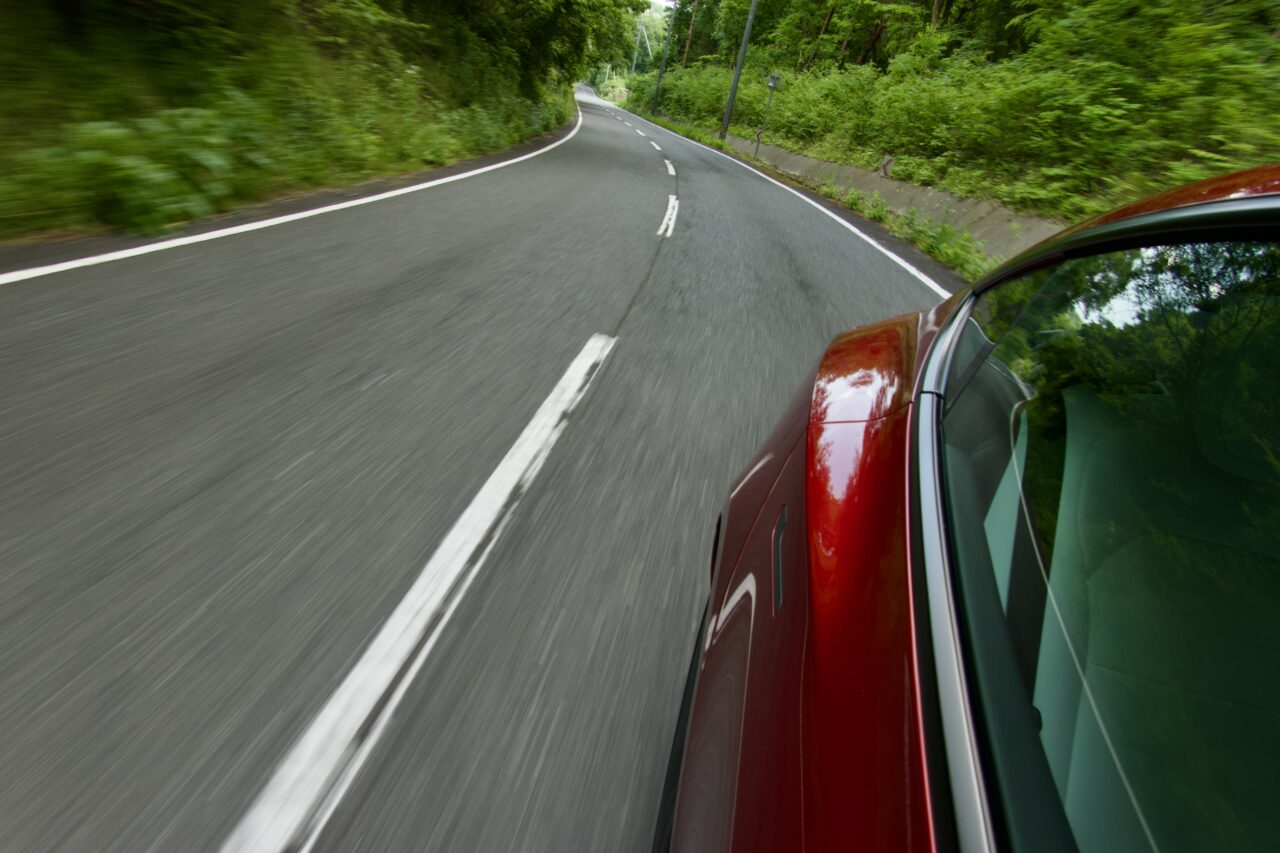
I enjoyed Oku-Kibi Highway solo before and after that, but at one point, I noticed I was feeling a bit car-sick from the intense acceleration.
It was like wearing VR goggles and playing a racing game—inside the quiet, peaceful cabin, the strong acceleration G-forces repeatedly hit instantly, causing a kind of sensory mismatch between vision, hearing, and acceleration that made my brain feel “bugged.”
After driving for a while, it got better, but for long drives, I thought Comfort mode might be more enjoyable.
Tesla vs. Porsche: Different Ways to Enjoy Touring
As dusk fell, I got back on the Sanyo Expressway and headed home.
During the drive back, I reflected on how touring in a Tesla and touring in a Porsche seem to have very different sweet spots for fun and enjoyment.
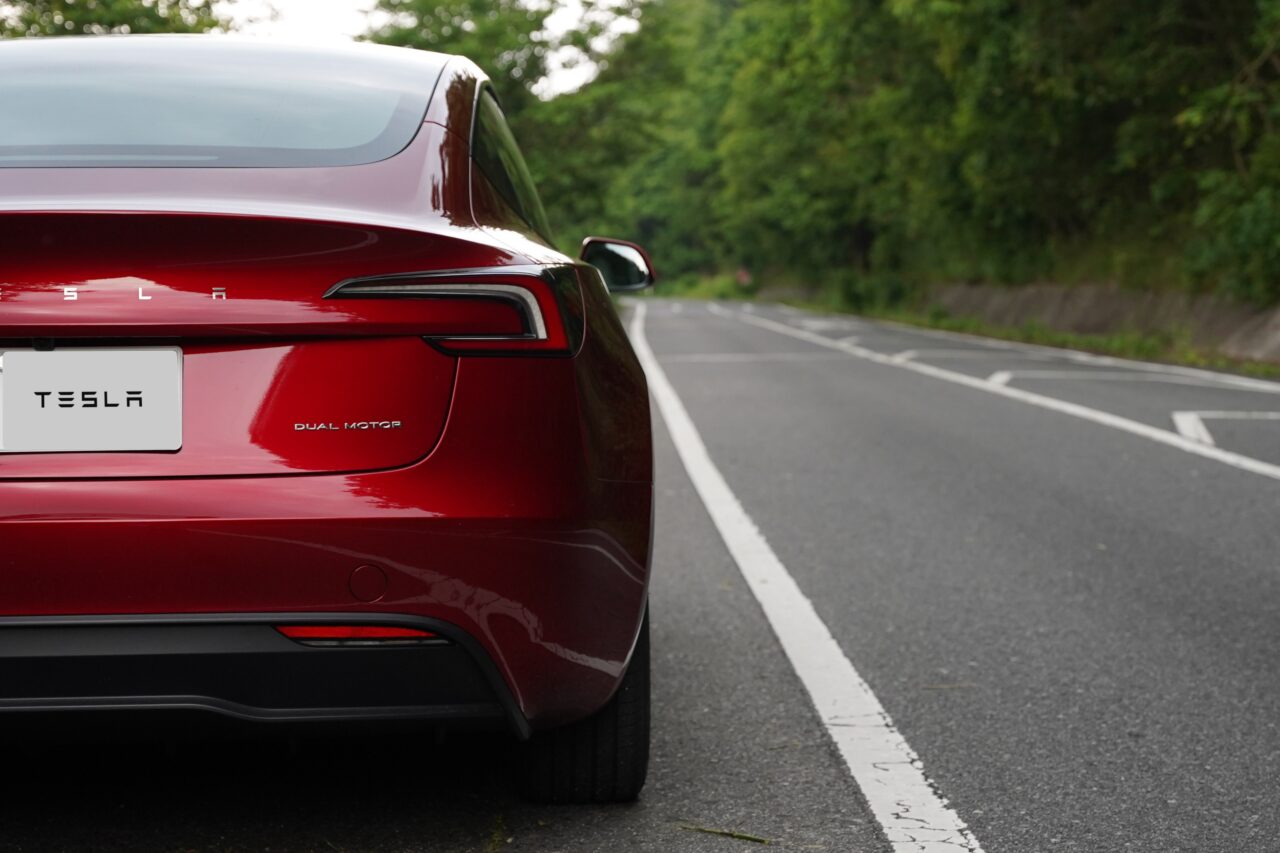
For me, Porsche touring focuses on enjoying winding roads and fast routes, savoring the Porsche sound, engine power, and unique handling. Conversely, the highways and approach roads are often less enjoyable.
On the other hand, touring in a Tesla is fun even on ordinary roads leading to highways and winding roads. The planning and event of charging at Superchargers also become part of the journey’s story. While you can enjoy winding roads, it’s so fast that some getting used to is necessary.
In this way, it’s fair to say that the ways of enjoying touring differ. Touring in a Tesla feels more like touring on a motorcycle.
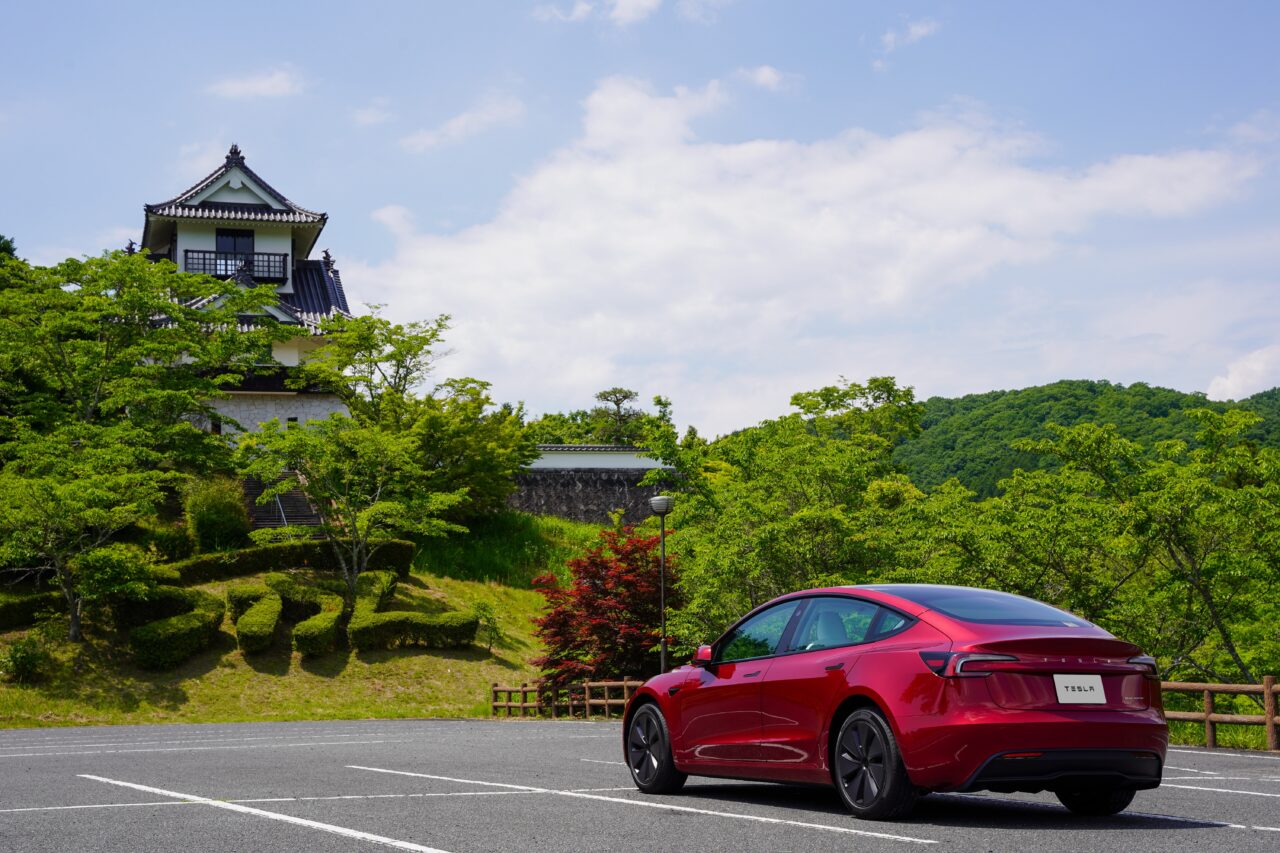
Motorcycle touring is fun on any road except in traffic jams, has similar acceleration, and shares the limitation of not being able to take tight corners as fast as a car. Also, the limited range requires some fuel planning, which is similar to planning charging stops at Tesla Superchargers. Having some challenges or hurdles makes the trip more enjoyable.
I plan to take more long-distance tours in the Tesla when I can. It’s definitely not a car that’s boring or makes you not want to go touring.
Touring in a Tesla is fully enjoyable, but it feels more like “traveling” than “touring.”
For reference, here is my Tesla referral code link.
You get a discount on the vehicle price, so it’s a great deal. Please be sure to use it if you purchase a Tesla.
このブログが気に入ったらフォローしてね!



Comment ( 0 )
Trackbacks are closed.
No comments yet.